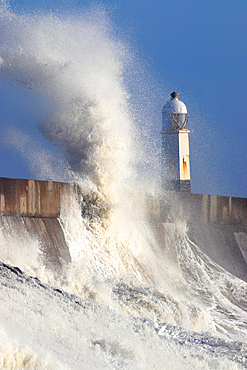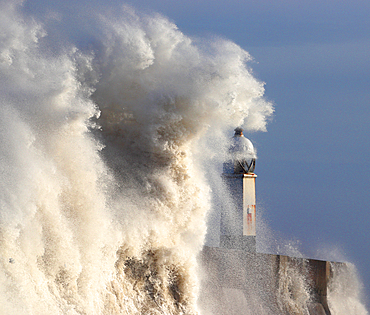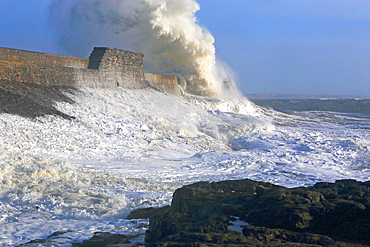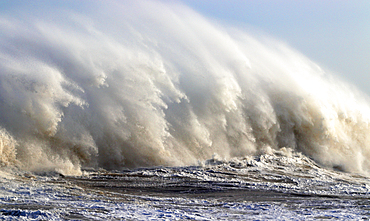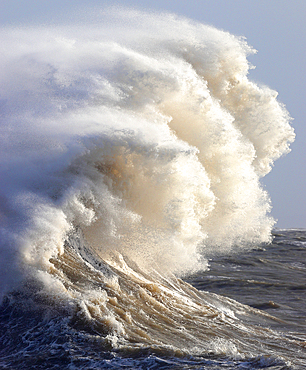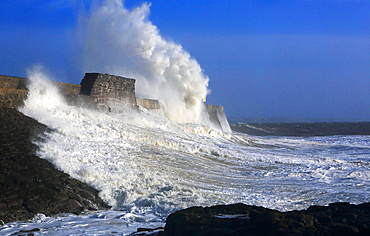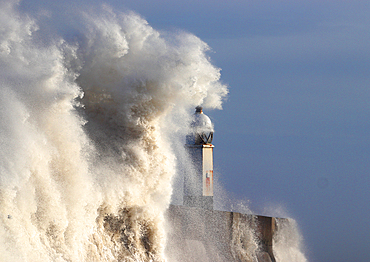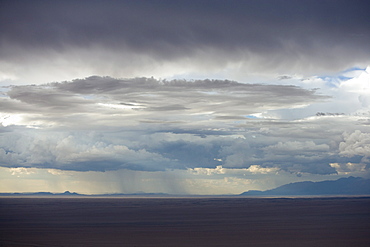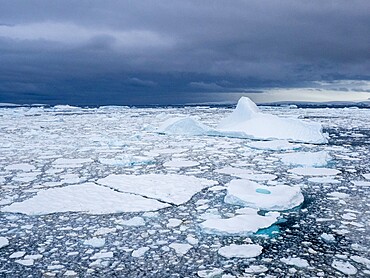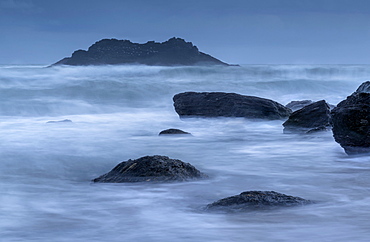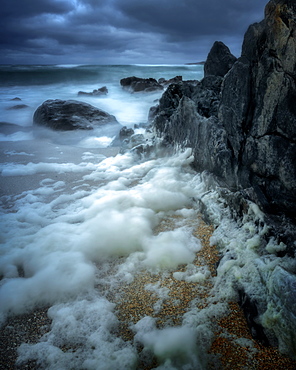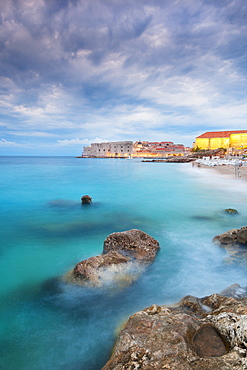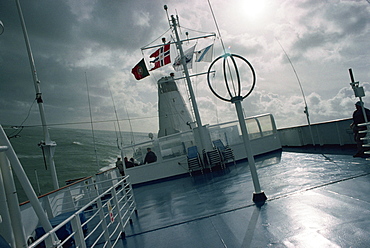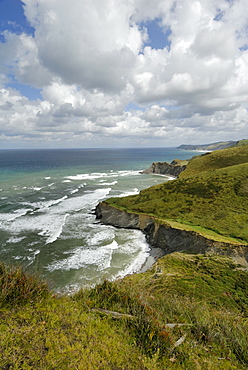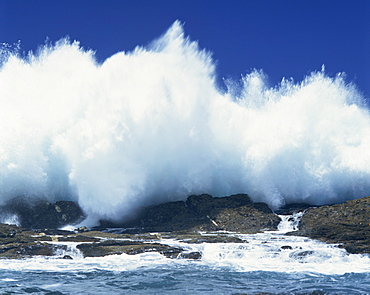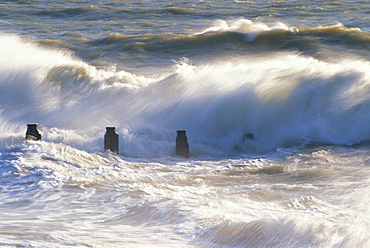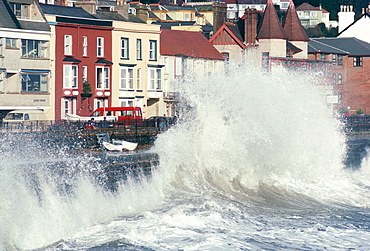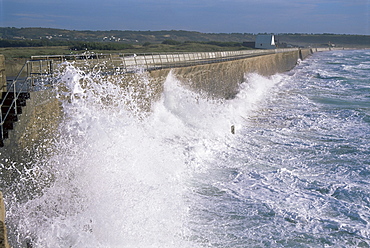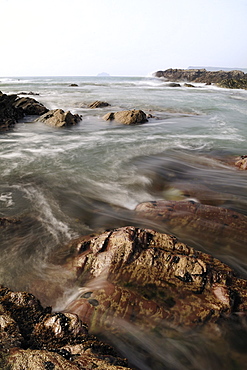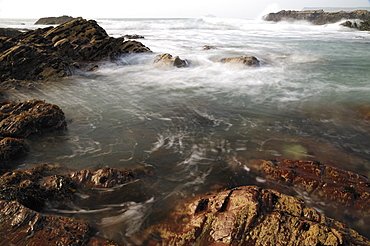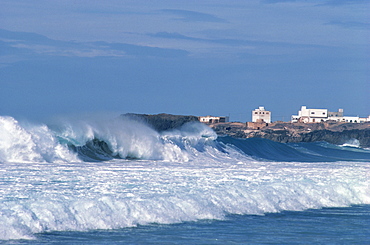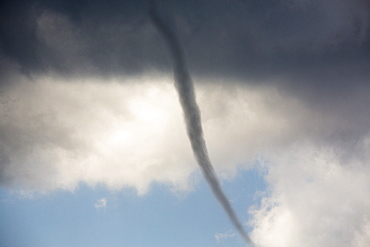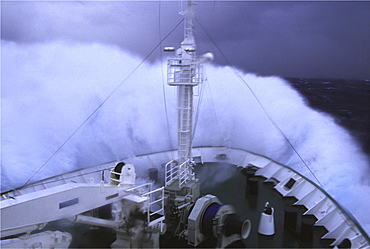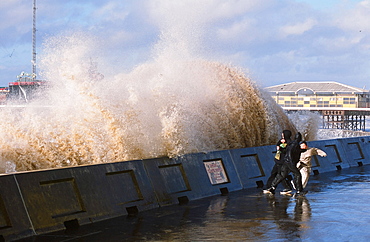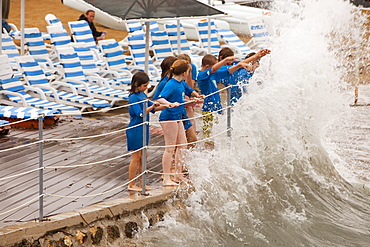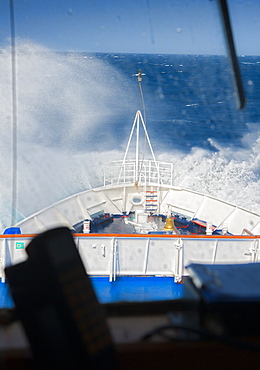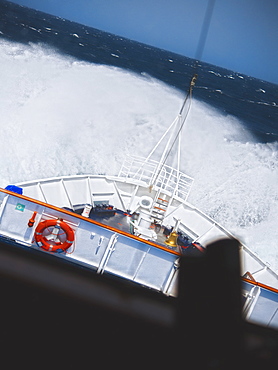Results
« Previous 1 2
153 results found
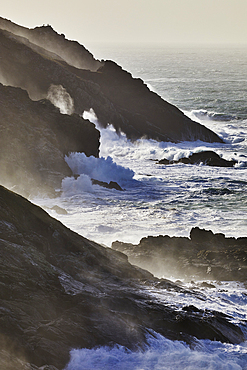
Atlantic cliffs pounded by surf and spray during stormy winter weather, at Pendeen, near S.t Just, in the far west of Cornwall, England, United Kingdom, Europe
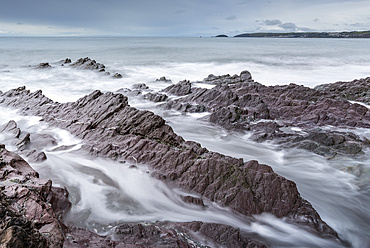
Stormy seas over rocky shores of Downderry Beach, in spring, Cornwall, England, United Kingdom, Europe
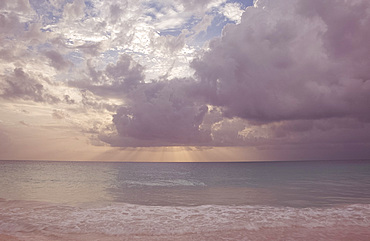
Storm Clouds over the sea at Pink Sands Beach, Harbour Island, The Bahamas, West Indies, Central America
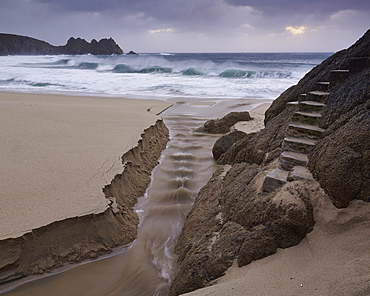
Stormy conditions on the beach looking out towards Logan Rock at Porthcurno, Cornwall, England, United Kingdom, Europe

Atlantic cliffs pounded by surf in stormy winter weather, at Pendeen, with the ruins of old tin mines, part of the UNESCO World Heritage Site Cornwall and West Devon Mining Landscape, near St. Just, Cornwall, England, United Kingdom, Europe
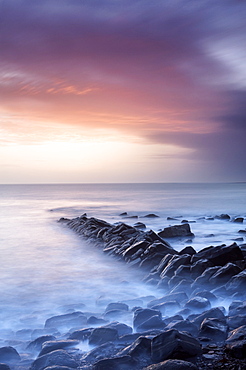
Sunset on a stormy winter's day looking across Kimmeridge Bay from the remains of Clavell's Pier, Kimmeridge, near Swanage, Dorset, England, United Kingdom, Europe
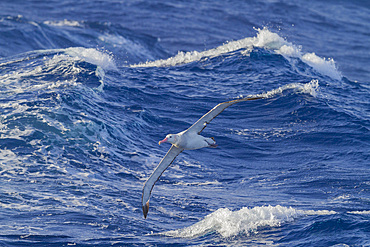
Young wandering albatross (Diomedea exulans) on the wing near the Antarctic Peninsula, Southern Ocean, Polar Regions

Meal Beach, breaking waves and big seas, stormy weather, Hamnavoe, West Burra Island, near Scalloway, Shetland Isles, Scotland, United Kingdom, Europe
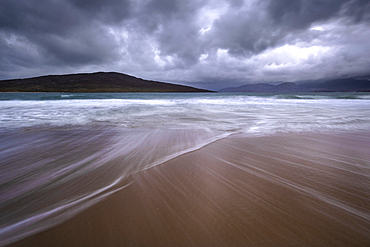
Stormy skies over the Island of Taransay from Luskentyre Beach, Isle of Harris, Outer Hebrides, Scotland, United Kingdom, Europe
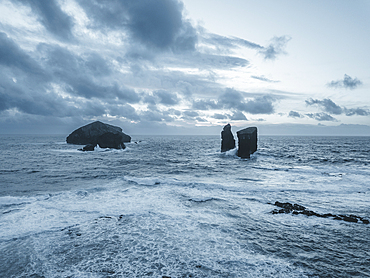
Aerial view of Mosteiros sea stacks with a stormy ocean, Sao Miguel Island, Azores Islands, Portugal, Atlantic, Europe
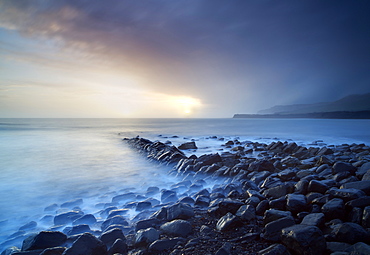
Sunset on a stormy winter's day looking across Kimmeridge Bay from the remains of Clavell's Pier, Kimmeridge, near Swanage, Dorset, England, United Kingdom, Europe
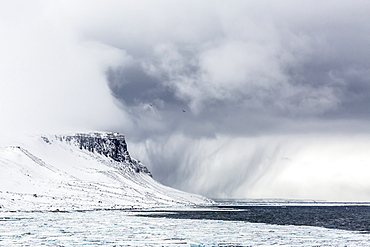
Snow storm approaching Alkefjelet, Cape Fanshawe, Spitsbergen, Svalbard, Arctic, Norway, Scandinavia, Europe
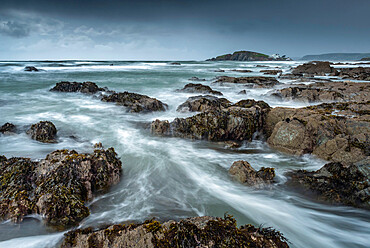
Stormy conditions on the rocky Bantham coast, looking across to Burgh Island, Devon, England, United Kingdom, Europe
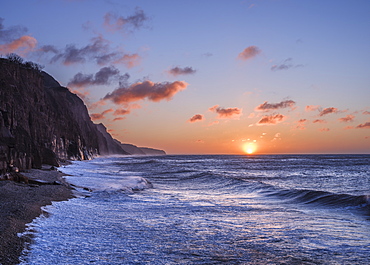
Stormy seas at sunrise at the cliffs in the seaside town of Sidmouth, Devon, England, United Kingdom, Europe
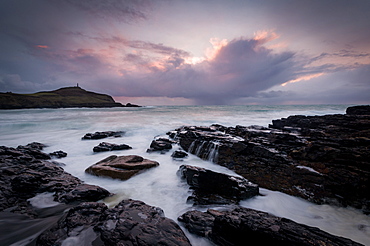
Cape Cornwall, as seen from Kenidjack Valley at sunset with stormy sky, Cornwall, England, United Kingdom, Europe
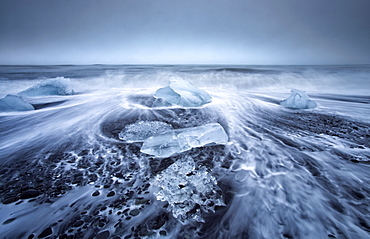
Jokulsa Beach on a stormy day, where icebergs from nearby Jokulsarlon glacial lagoon flow into the North Atlantic and are washed back onto the black volcanic sand beach, on the edge of the Vatnajokull National Park, South Iceland, Iceland, Polar Regions
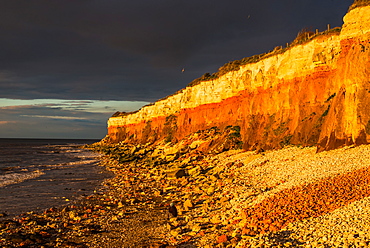
Dramatic golden hour seascape of Hunstanton cliffs with dark stormy sky, on North Norfolk coast, Norfolk, East Anglia, England, United Kingdom, Europe

Stormy clouds over the Bay of Hamnoy famous for its dried codfish and for typical houses, called rorbu, Hamnoy, Lofoten Islands, Arctic, Norway, Scandinavia, Europe
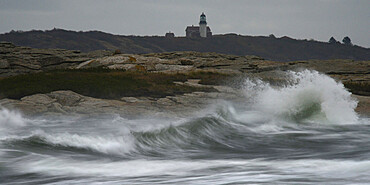
Pond Island Lighthouse in front of stormy ocean, Maine, New England, United States of America, North America

Stormy evening view along coastline near Carloway, Isle of Lewis, Outer Hebrides, Scotland, United Kingdom, Europe
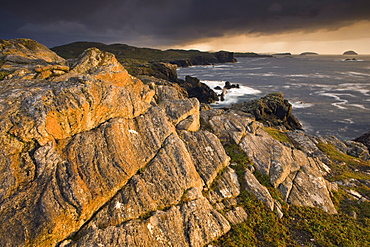
Stormy evening view along the rugged Atlantic coast near Carloway, Isle of Lewis, Outer Hebrides, Scotland, United Kingdom, Europe
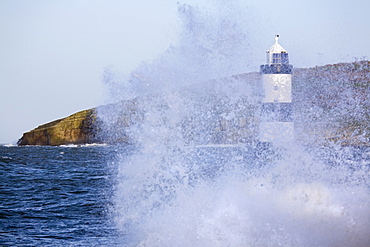
Penmon Point Lighthouse, built in 1838 at the northern entrance to the Menai Strait, and Puffin Island, with rough sea at high tide in winter, Penmon, Anglesey, Wales, United Kingdom, Europe
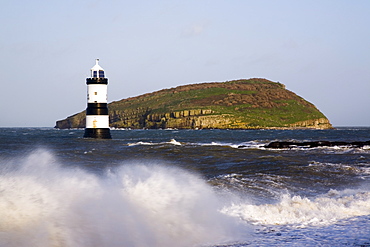
Penmon Point Lighthouse, built in 1838 at the northern entrance to the Menai Strait, and Puffin Island, with rough sea at high tide in winter, Penmon, Anglesey, Wales, United Kingdom, Europe
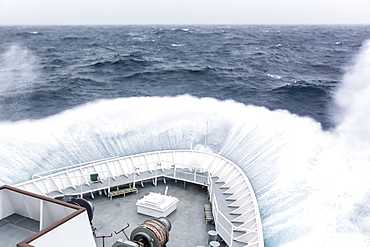
The Lindblad Expeditions ship National Geographic Explorer in heavy seas in the Drake Passage, Antarctica, Polar Regions
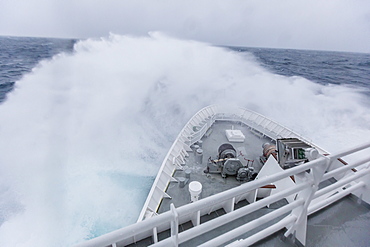
The Lindblad Expeditions ship National Geographic Explorer in heavy seas in the Drake Passage, Antarctica, Polar Regions
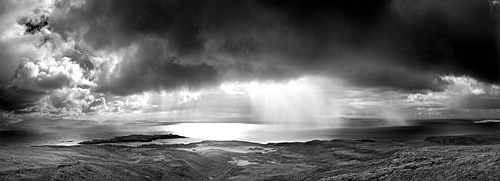
Panoramic view from An Sgurr on the Isle of Eigg, looking towards a storm over the sea between Eigg and the mainland, Highland, Scotland, United Kingdom, Europe
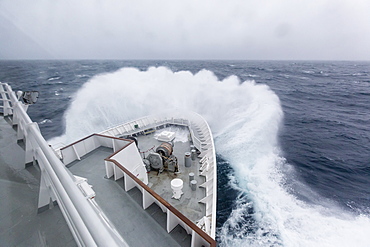
The Lindblad Expeditions ship National Geographic Explorer in heavy seas in the Drake Passage, Antarctica, Polar Regions

Buelna beach and karst limestone El Picon rock pillar at high tide on a windy day, near Llanes, Asturias, Spain, Europe
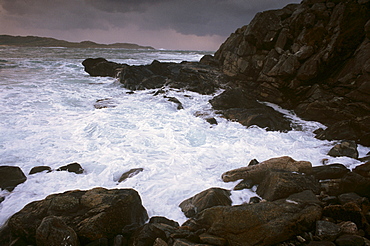
Butt of Lewis (Rubha Robhanais) rocky coast, northern tip of Lewis, Lewis, Outer Hebrides, Scotland, United Kingdom, Europe
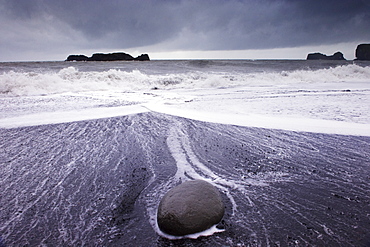
Rough sea on Reynisfjara black sand beach, near Vik, in the south of Iceland (Sudurland), Polar Regions
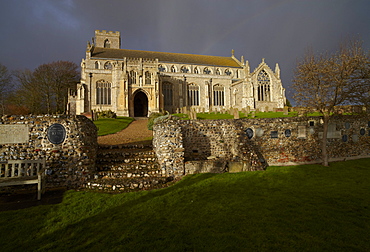
Storm clouds over St. Margarets Church at Cley next the Sea, Norfolk, England, United Kingdom, Europe
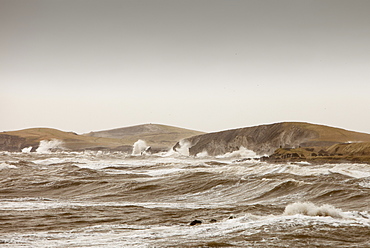
Gale force winds and crashing waves battering the coastal defences in Harrington, Workington, Cumbria, England, United Kingdom, Europe
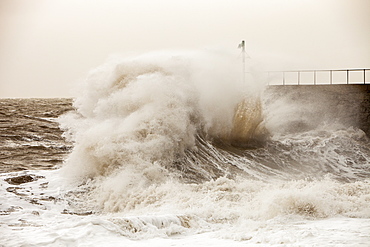
Gale force winds and crashing waves battering the coastal defences in Harrington, Workington, Cumbria, England, United Kingdom, Europe
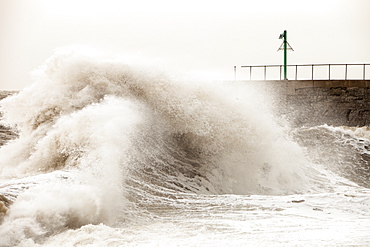
Gale force winds and crashing waves battering the coastal defences in Harrington, Workington, Cumbria, England, United Kingdom, Europe
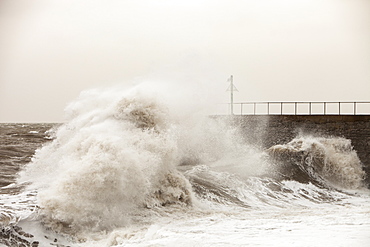
Gale force winds and crashing waves battering the coastal defences in Harrington, Workington, Cumbria, England, United Kingdom, Europe
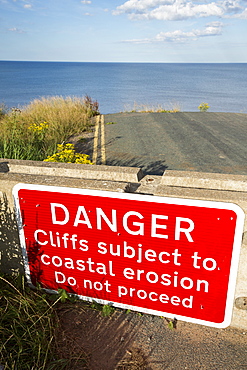
A collapsed coastal road near Skipsea on Yorkshires East Coast, UK. The coast is composed of soft boulder clays, very vulnerable to coastal erosion. This sectiion of coast has been eroding since Roman times, with many villages having disappeared into the sea, and is the fastest eroding coast in Europe. Climate change is speeding up the erosion, with sea level rise, increased stormy weather and increased heavy rainfall events, all playing their part.
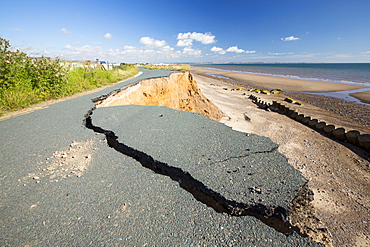
A collapsed coastal road at between Skipsea and Ulrome on Yorkshires East Coast, near Skipsea, UK. The coast is composed of soft boulder clays, very vulnerable to coastal erosion. This sectiion of coast has been eroding since Roman times, with many villages having disappeared into the sea, and is the fastest eroding coast in Europe. Climate change is speeding up the erosion, with sea level rise, increased stormy weather and increased heavy rainfall events, all palying their part.
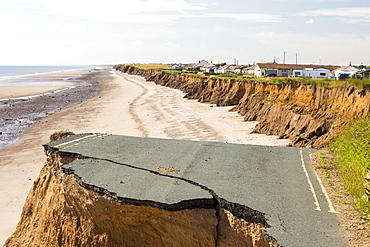
A collapsed coastal road at between Skipsea and Ulrome on Yorkshires East Coast, near Skipsea, UK. The coast is composed of soft boulder clays, very vulnerable to coastal erosion. This sectiion of coast has been eroding since Roman times, with many villages having disappeared into the sea, and is the fastest eroding coast in Europe. Climate change is speeding up the erosion, with sea level rise, increased stormy weather and increased heavy rainfall events, all palying their part.
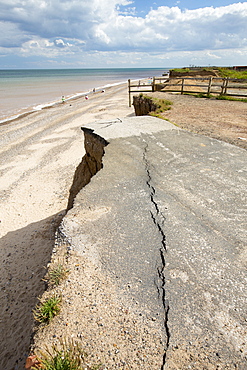
A collapsed coastal road at Easingotn on Yorkshires East Coast, near Skipsea, UK. The coast is composed of soft boulder clays, very vulnerable to coastal erosion. This sectiion of coast has been eroding since Roman times, with many villages having disappeared into the sea, and is the fastest eroding coast in Europe. Climate change is speeding up the erosion, with sea level rise, increased stormy weather and increased heavy rainfall events, all palying their part.
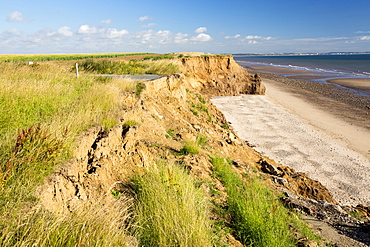
A collapsed coastal road at near Aldbrough on Yorkshires East Coast, near Skipsea, UK. The coast is composed of soft boulder clays, very vulnerable to coastal erosion. This sectiion of coast has been eroding since Roman times, with many villages having disappeared into the sea, and is the fastest eroding coast in Europe. Climate change is speeding up the erosion, with sea level rise, increased stormy weather and increased heavy rainfall events, all palying their part.
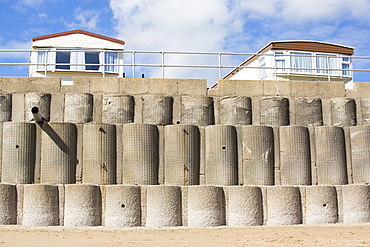
Concrete sea defences at Beach Bank Caravan Park in Ulrome near Skipsea on Yorkshires East Coast, UK. The coast is composed of soft boulder clays, very vulnerable to coastal erosion. This section of coast has been eroding since Roman times, with many villages having disappeared into the sea, and is the fastest eroding coast in Europe. Climate change is speeding up the erosion, with sea level rise, increased stormy weather and increased heavy rainfall events, all playing their part.
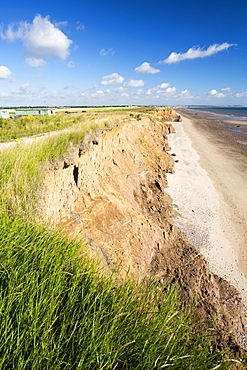
A collapsed coastal road at between Skipsea and Ulrome on Yorkshires East Coast, near Skipsea, UK. The coast is composed of soft boulder clays, very vulnerable to coastal erosion. This sectiion of coast has been eroding since Roman times, with many villages having disappeared into the sea, and is the fastest eroding coast in Europe. Climate change is speeding up the erosion, with sea level rise, increased stormy weather and increased heavy rainfall events, all palying their part.
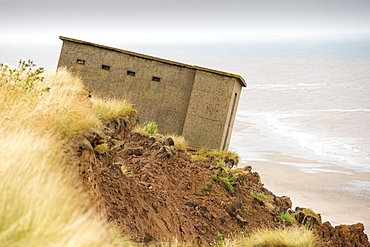
A Second world War lookout post leaning alarmingly and about to tumble over the edge of the cliff near Aldbrough on Yorkshires East Coast, UK. The coast is composed of soft boulder clays, very vulnerable to coastal erosion. This section of coast has been eroding since Roman times, with many villages having disappeared into the sea, and is the fastest eroding coast in Europe. Climate change is speeding up the erosion, with sea level rise, increased stormy weather and increased heavy rainfall events, all playing their part.
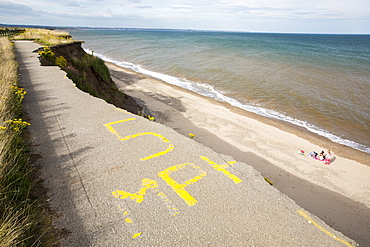
A collapsed coastal road at Barmston on Yorkshires East Coast, near Skipsea, UK. The coast is composed of soft boulder clays, very vulnerable to coastal erosion. This sectiion of coast has been eroding since Roman times, with many villages having disappeared into the sea, and is the fastest eroding coast in Europe. Climate change is speeding up the erosion, with sea level rise, increased stormy weather and increased heavy rainfall events, all palying their part.

The Thames barrier on the River Thames in London. It was constructed to protect the capital city from storm surge flooding. Recent predictions show it will probably be redundant in around twenty years due to increased stormy weather and sea level rise driven by climate change.

The Thames barrier on the River Thames in London. It was constructed to protect the capital city from storm surge flooding. Recent predictions show it will probably be redundant in around twenty years due to increased stormy weather and sea level rise driven by climate change.
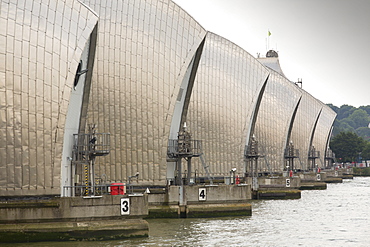
The Thames barrier on the River Thames in London. It was constructed to protect the capital city from storm surge flooding. Recent predictions show it will probably be redundant in around twenty years due to increased stormy weather and sea level rise driven by climate change.
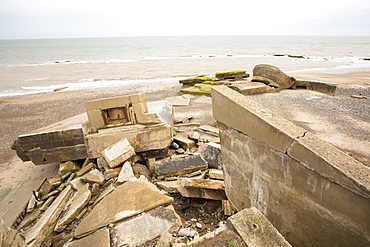
The Remains of the Godwin battery on the beach at Kilnsea at the head of Spurn point on Yorkshires East Coast, UK. Initially constructed during the First World War, the Godwin Battery was added to during the Second World War. It comprised of gun emplacements, search light, barracks, officers’ mess, and a hospital. This section of coastline is the fastest eroding coastline in Europe. The soft boulder clay cliffs are easily eroded and have been eroding since Roman Times, but recently the climate change impacts of increased stormy weather, increased heavy rainfall events and sea level rise have accelerated the rate of erosion. The average rate of attrition is 1.5metres per year, last year it was 5 metres.
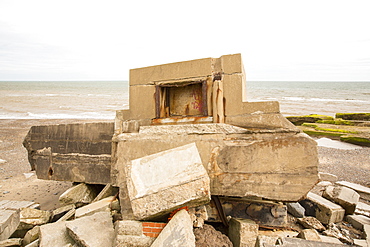
The Remains of the Godwin battery on the beach at Kilnsea at the head of Spurn point on Yorkshires East Coast, UK. Initially constructed during the First World War, the Godwin Battery was added to during the Second World War. It comprised of gun emplacements, search light, barracks, officers’ mess, and a hospital. This section of coastline is the fastest eroding coastline in Europe. The soft boulder clay cliffs are easily eroded and have been eroding since Roman Times, but recently the climate change impacts of increased stormy weather, increased heavy rainfall events and sea level rise have accelerated the rate of erosion. The average rate of attrition is 1.5metres per year, last year it was 5 metres.
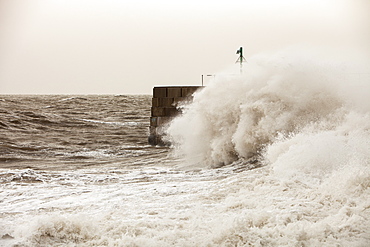
Gale force winds and crashing waves battering the coastal defences in Harrington, Workington, Cumbria, England, United Kingdom, Europe
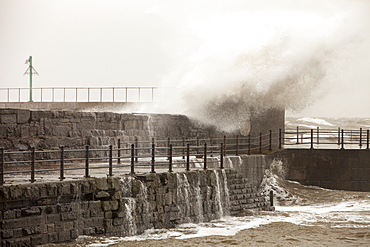
Gale force winds and crashing waves battering the coastal defences in Harrington, Workington, Cumbria, England, United Kingdom, Europe
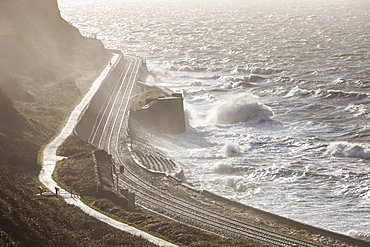
The West Coast railway line during a storm near Workington in Cumbria, England, United Kingdom, Europe
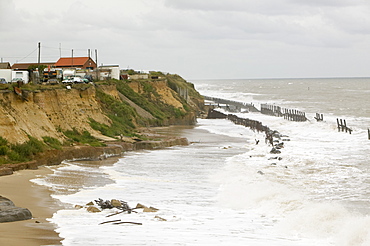
Waves crashing against sea defences at Happisburgh on the fastest eroding section of the UK coast, Norfolk, England, United Kingdom, Europe
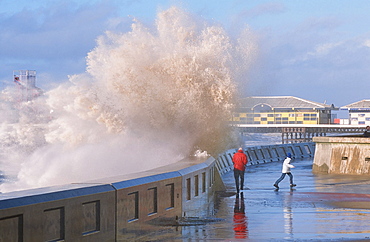
People dodging storm waves breaking over the sea wall at Blackpool, Lancashire, England, United Kingdom, Europe

Storm force winds blowing spray off the sea in Hamarsfjordur on Icelands South Coast, Iceland, Polar Regions

Antarctic Fur Seal (Arctocephalus gazella) during snow storm at Brown Bluff on the Antarctic Peninsula, Antarctica, Southern Ocean
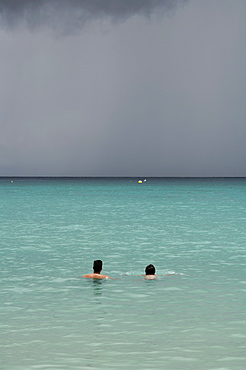
Man and woman in sea with grey storm clouds behind, Beau Vallon beach, Mahe, Seychelles, Indian Ocean

Sea cliffs at Happisburgh on the fastest eroding section of the UK coast, Norfolk, England, United Kingdom, Europe

Storm force winds blowing spray off the sea in Hamarsfjordur on Icelands South Coast, Iceland, Polar Regions
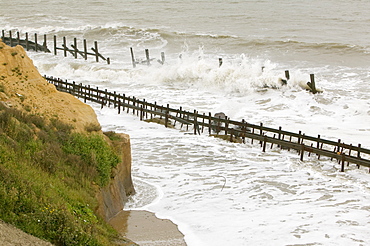
Waves crashing against sea defences at Happisburgh on the fastest eroding section of the UK coast, Norfolk, England, United Kingdom, Europe
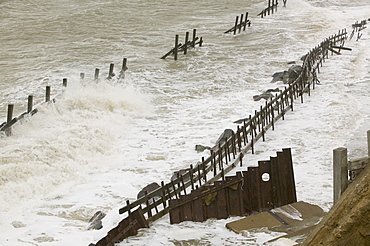
Waves crashing against sea defences at Happisburgh on the fastest eroding section of the UK coast, Norfolk, England, United Kingdom, Europe
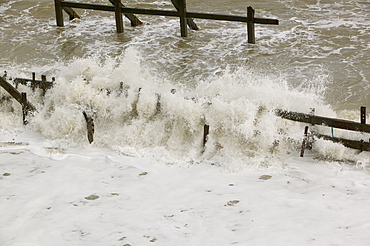
Waves crashing against sea defences at Happisburgh on the fastest eroding section of the UK coast, Norfolk, England, United Kingdom, Europe


